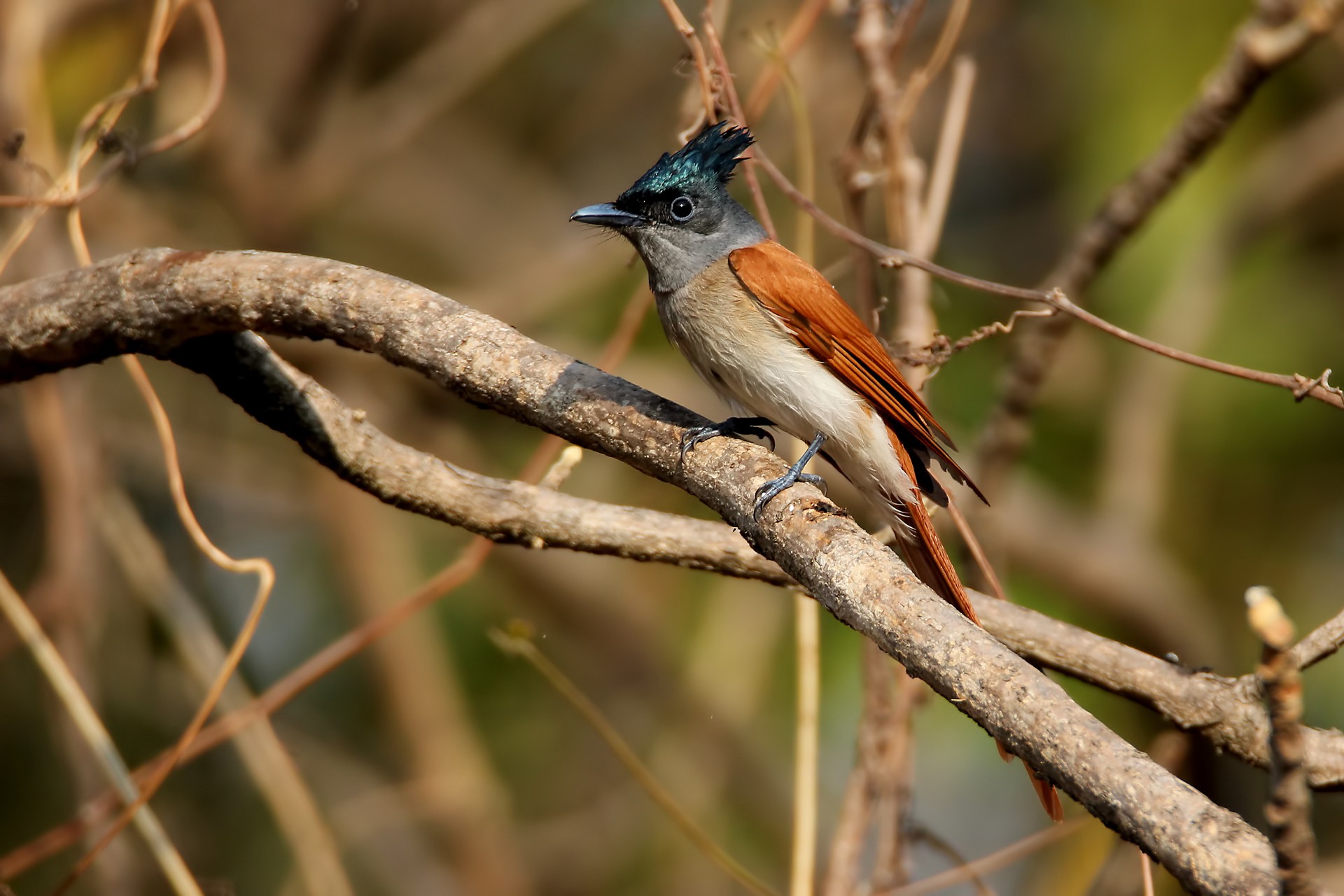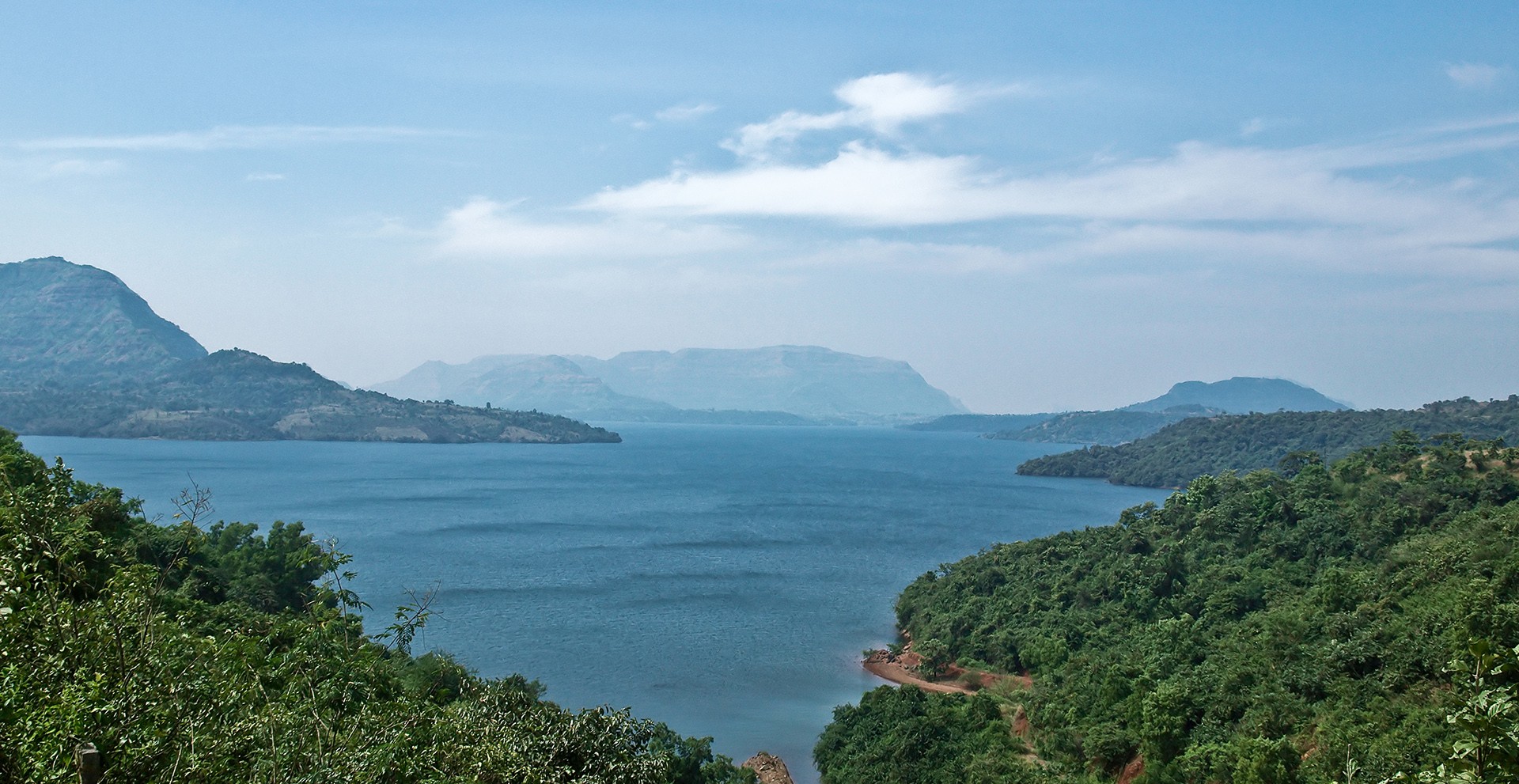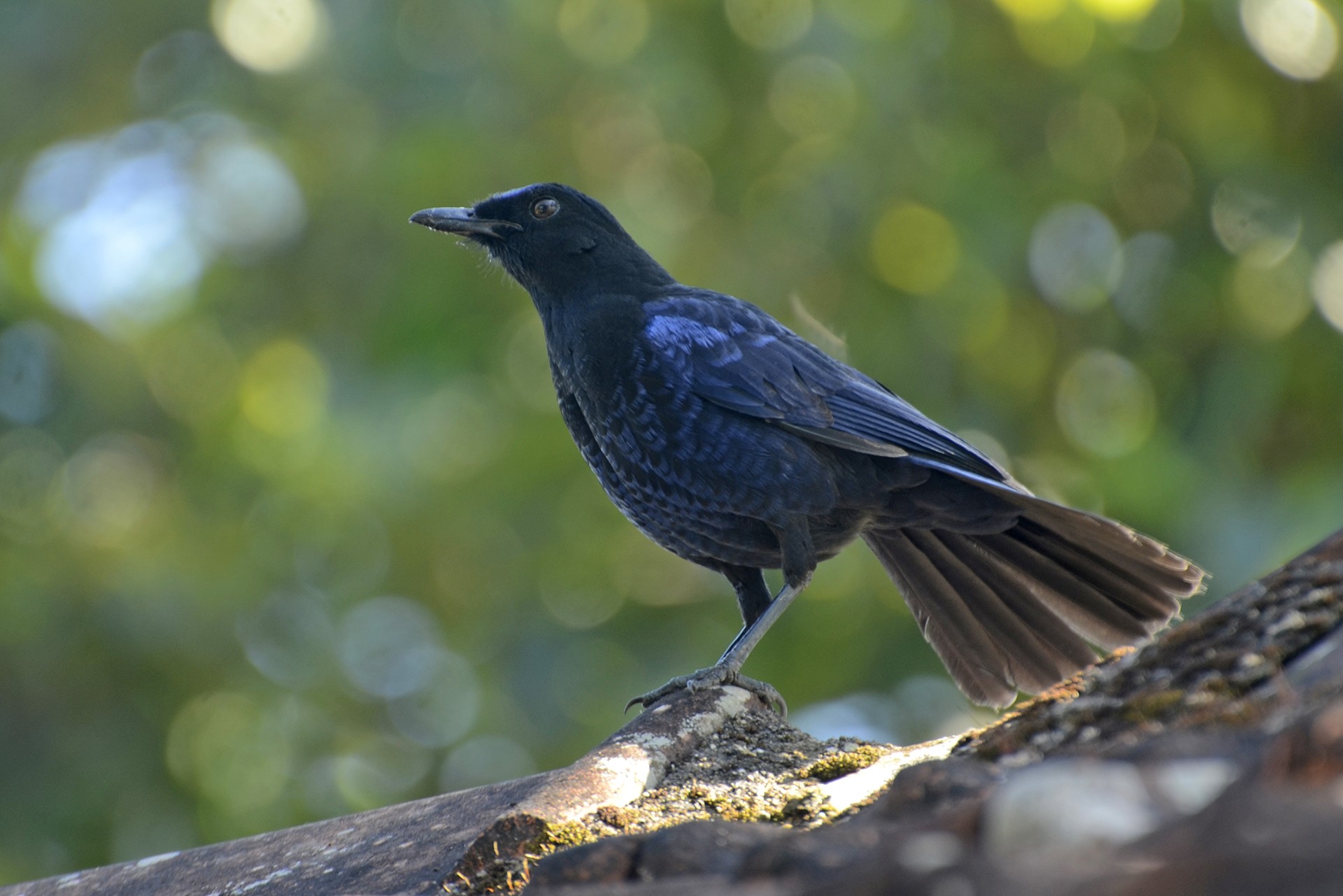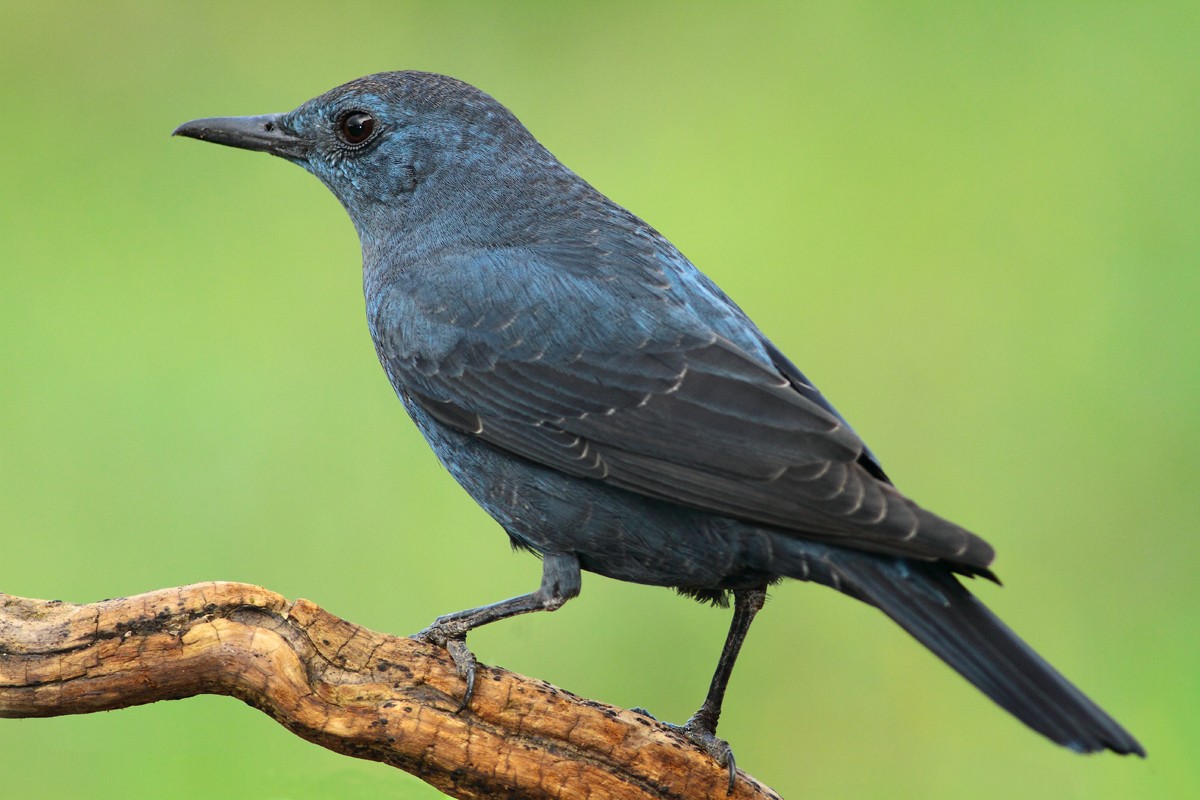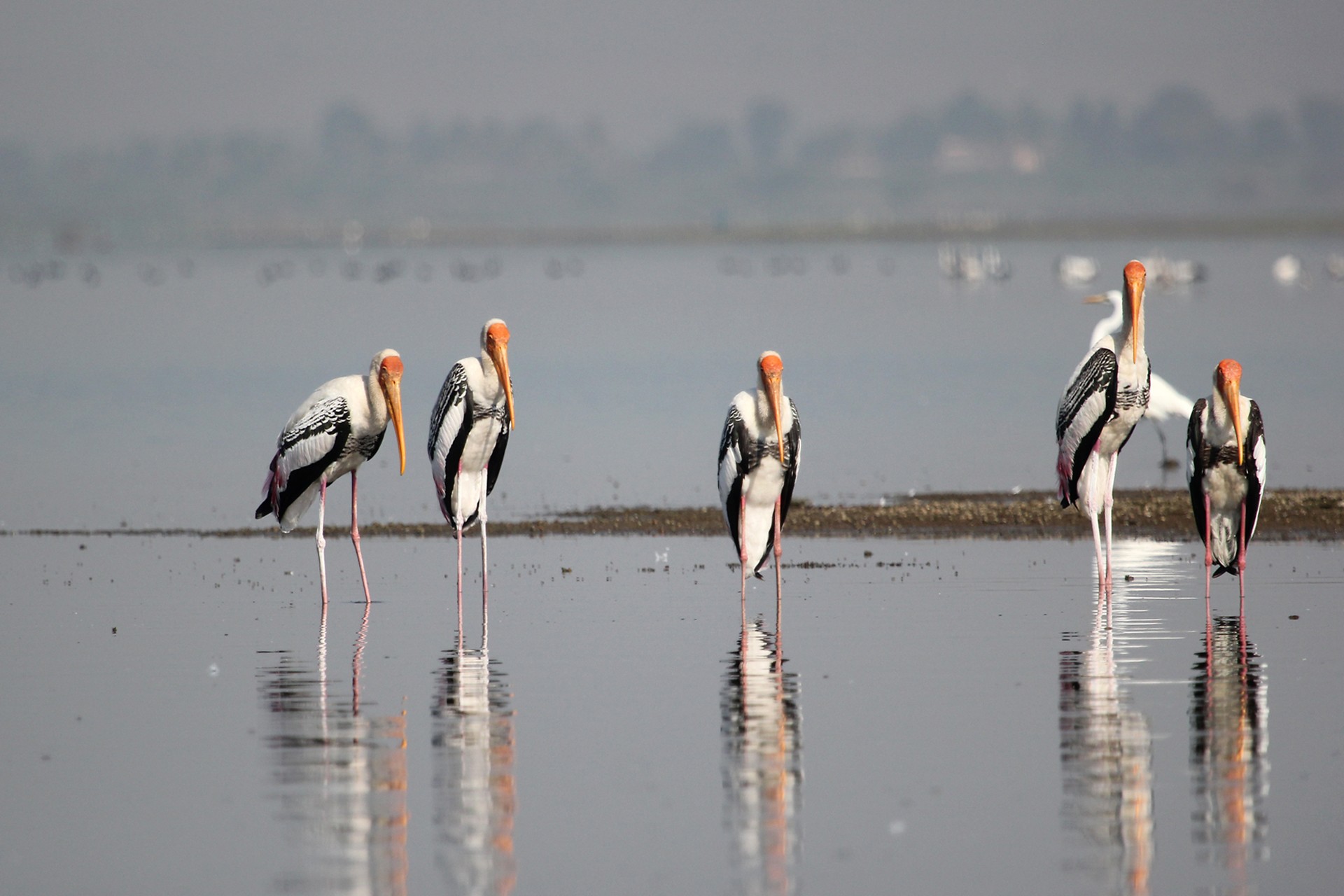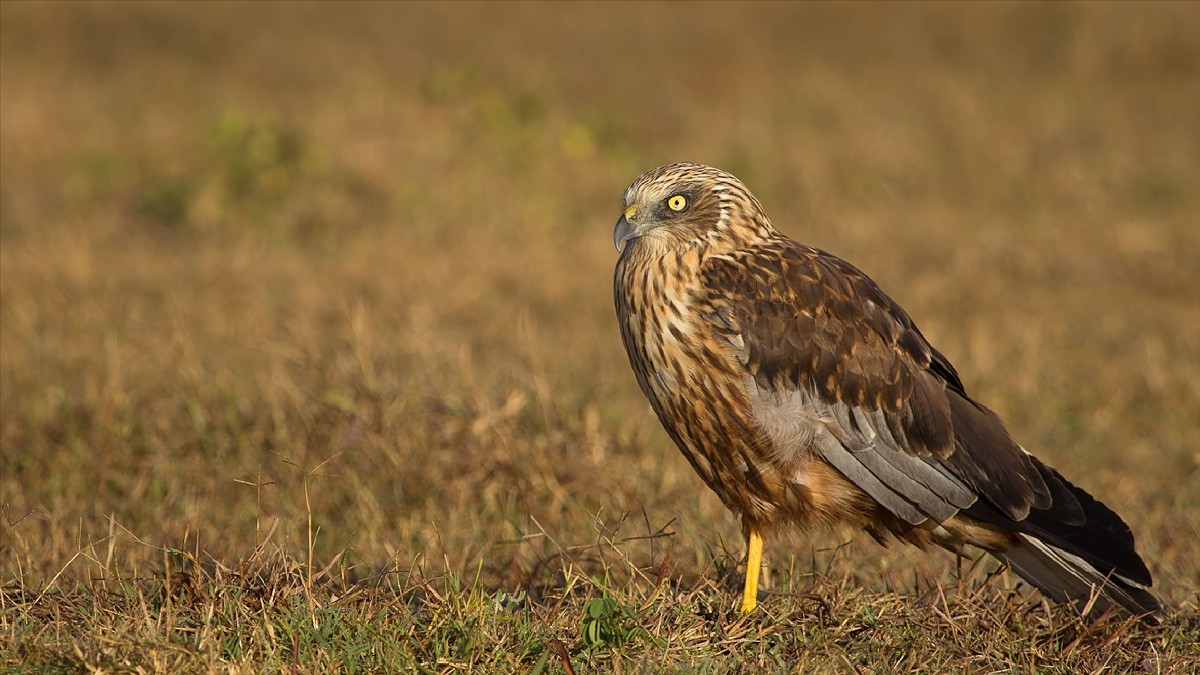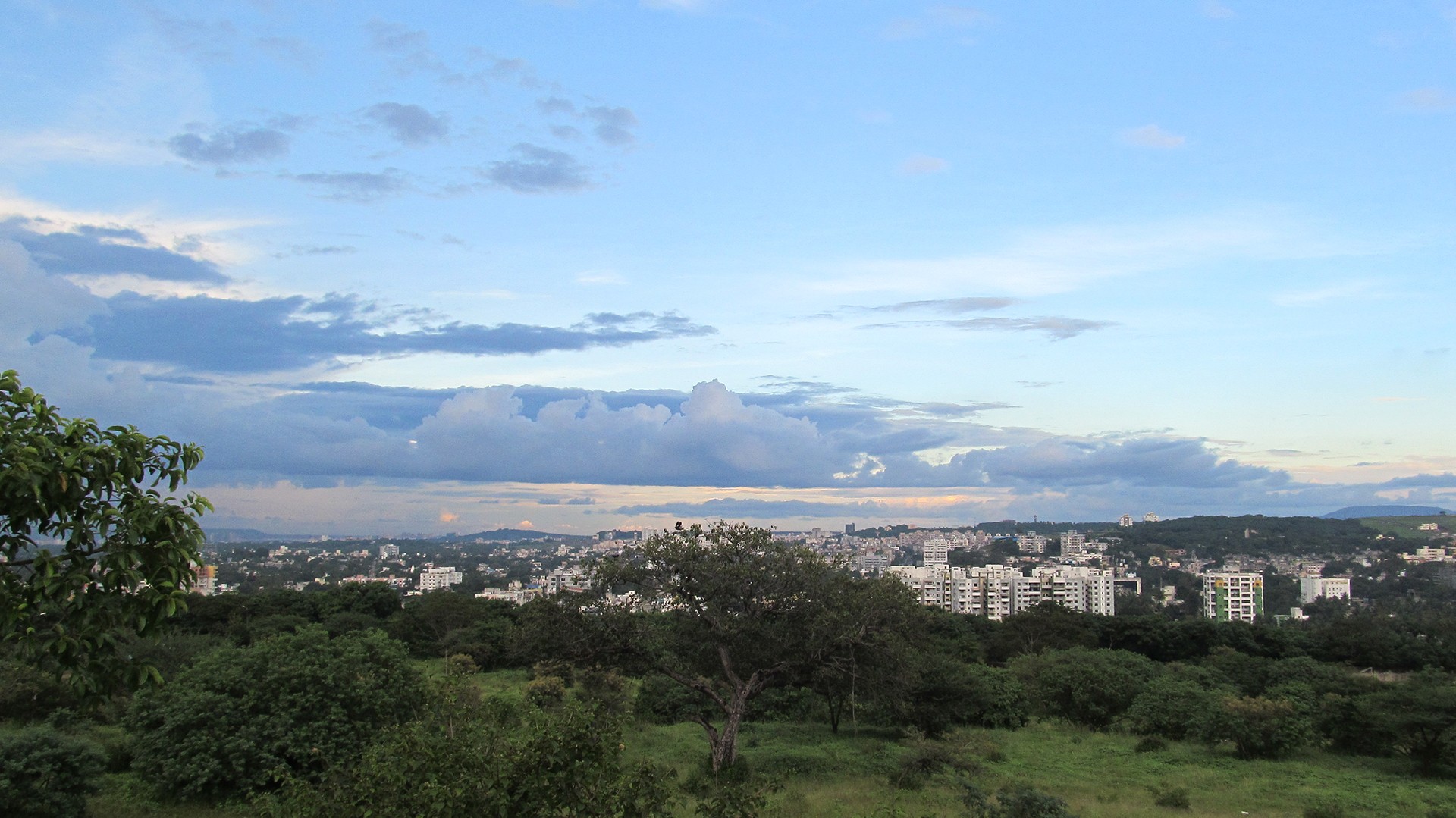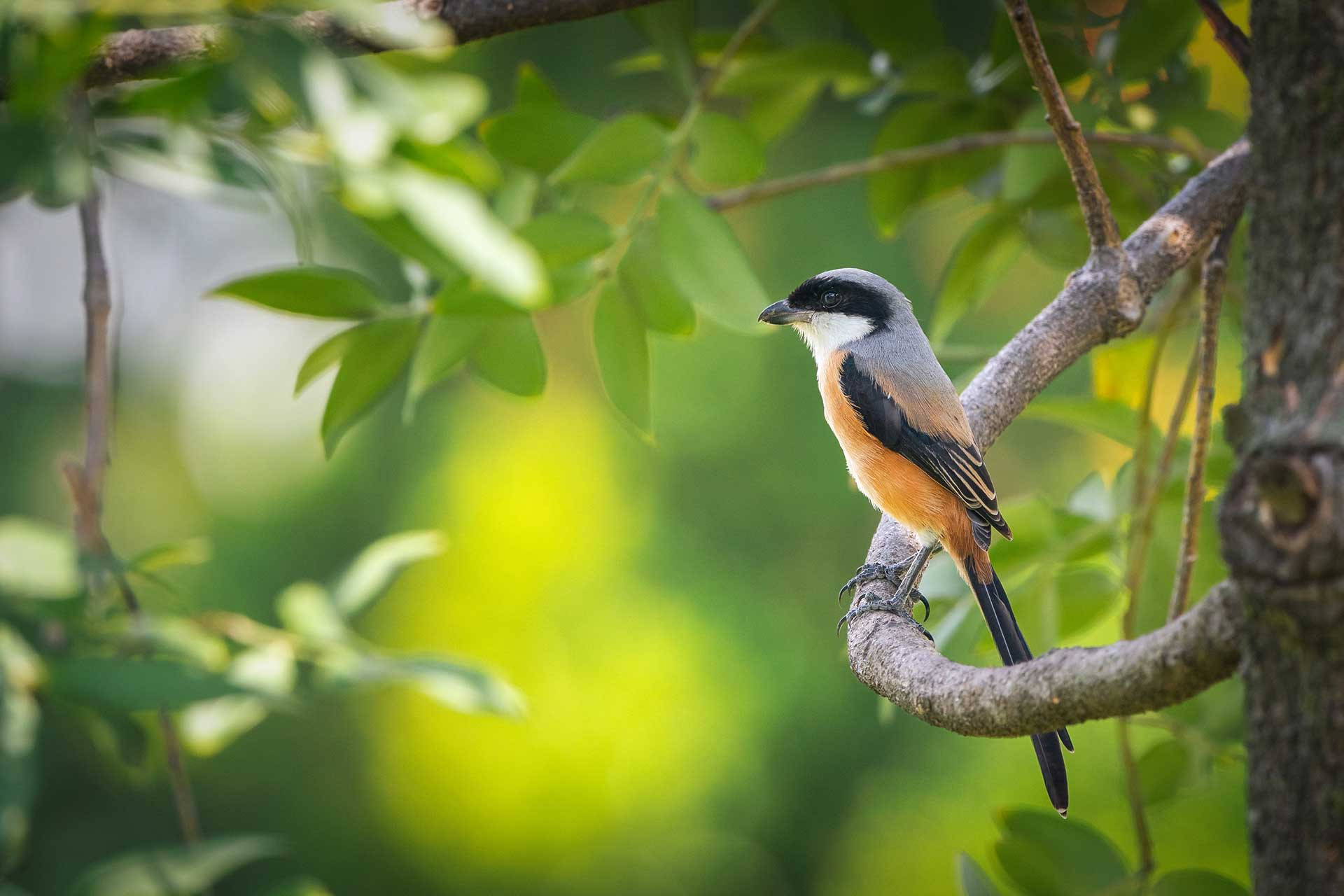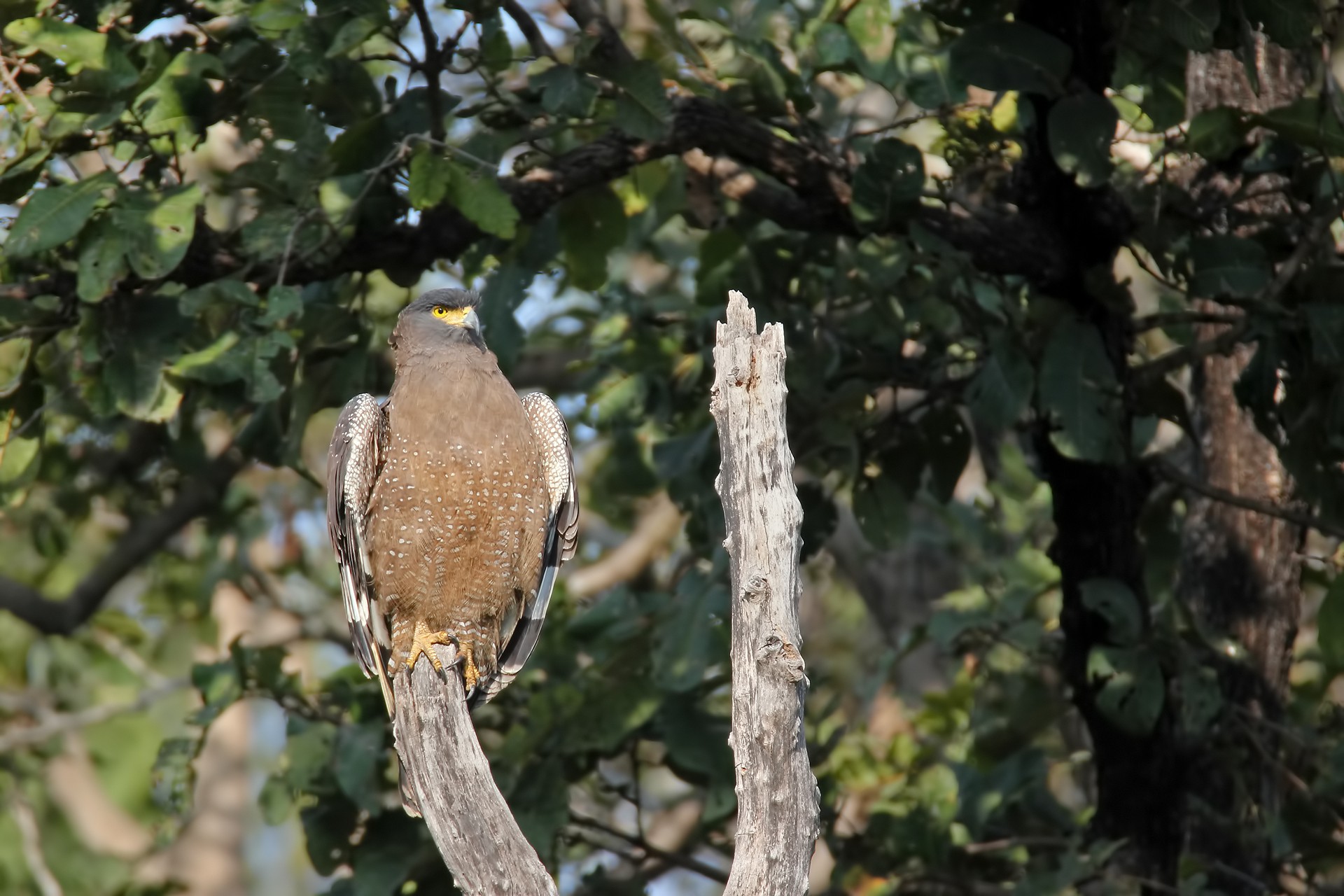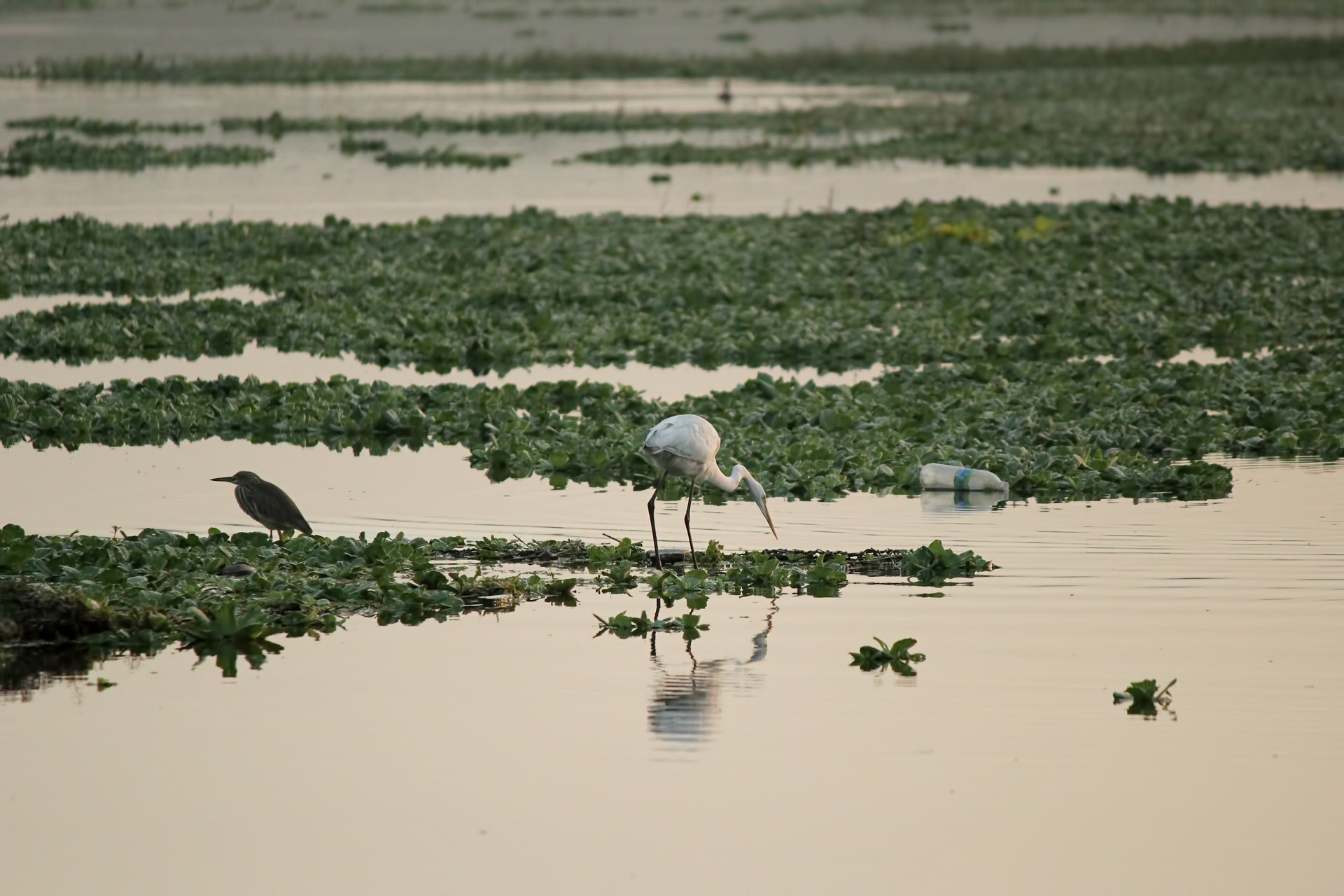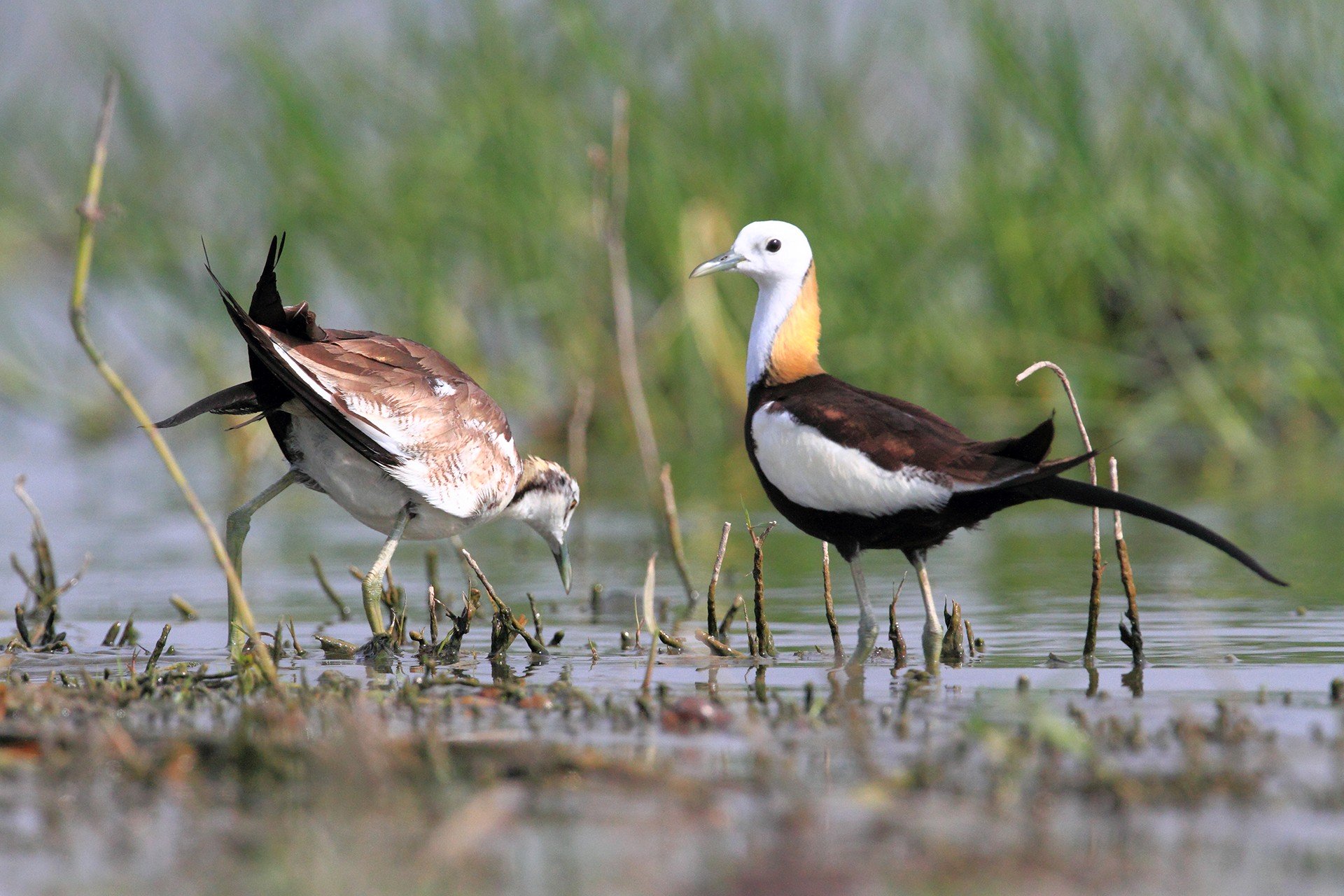With its hillocks, lakes and open spaces, Pune district, in the rain-shadow region of the Sahyadri mountain range, is visited by over 400 species of birds. I moved here just a few years ago, and I already feel a sense of belonging to the city’s huge community of birdwatchers.
Here are ten nature places in Pune that are perfect for daylong birdwatching excursions, or even a quick round of morning birding before heading off to work.
Sinhagad Valley
Pune has many hill forts at its peripheries, which make for lovely hiking destinations through forested areas. One such fort is Sinhagad, which is quite popular for weekend treks. The road leading to Sinhagad bifurcates just ahead of Khadakvasla lake. To the left is a motorable road to the fort; the road to the right leads to the trekking route. Birders don’t necessarily have to do the arduous trek though – just as the trail begins, there’s a small road leading left into the valley. On any given morning, hoards of people sit around the stream here, with their cameras at the ready. They are waiting for the Indian Paradise Flycatcher to make an appearance. In fact, the stream is a favourite haunt for many a flycatcher – the Red-breasted, the Verditer, the Tickell’s Blue, the Black-naped Monarch, and if you’re lucky, an Ultramarine. Also seen here are some of the common birds found in Pune; warblers, munias, orioles, drongos, sunbirds, cuckoos, treepies, wagtails, flowerpeckers, many water birds and birds of prey. Winter is the best time to visit.
Sinhagad Valley is located here.
A list of species in this region, can be found here.
Vetal Tekdi
Vetal Tekdi, a green respite in the heart of the city, is the highest point within Pune. It offers lovely views of the entire city. Many people use it to walk from S.B. Road to Pashan. Owned by the forest department, Vetal Tekdi is a mix of woodland and scrub, which attracts common birds such as peafowls, hornbills, coucals, sunbirds, bee-eaters and barbets. A peculiar feature of Vetal Tekdi is the abandoned stone quarry that fills up every monsoon, attracting many ducks, grebes, cormorants and kingfishers. Birders that come to this hill generally head directly to the quarry.
Vetal Tekdi is located here.
A list of species in this region can be found here.
Mulshi
Many know Mulshi as a picturesque lake to the west of Pune, but few are aware of its history. In the 1920s a dam and power station was proposed near the village Mulshi. In protest, Pandurang Mahadev Bapat led Mulshi Satyagraha, the first ever recorded organised struggle against forced displacement caused by an irrigation project. The dam was eventually constructed, but he secured compensation for the land owners and this earned him the title Senapati. The famous Senapati Bapat Road in Pune is named after him.
Today, Mulshi Lake is dotted with luxury resorts and campsites, and attracts many tourists. This dam, on the Mula river, is about 50km from Pune and can be reached via Paud Road. Among the many birds seen here are pochards, quails, cormorants, Tufted Ducks, herons and at times even a Cinnamon Bittern. Tits, flowerpeckers, orioles, warblers and raptors may be spotted, too.
Mulshi is located here.
A list of species in this region can be found here.
Tamhini
Just a few kilometres southwest of Mulshi reservoir is another fantastic birding spot, Tamhini. This is a Devrai, a sacred grove, revered by locals, and so it has remained largely untouched as a patch of pristine evergreen forest.
Tamhini, right within the Western Ghats, offers birders the opportunity to glimpse the Crimson-backed Sunbird, White-cheeked Barbet, Brown-cheeked Fulvetta and Indian Scimitar-Babbler. Crag-martins and leafbirds are seen too, as are thrushes like the Malabar Whistling Thrush. In winter, birders might spot the Blue Rock Thrush. Any time of the year is good for a visit.
Tamhini Reserve Forest (not to be confused with Tamhini Ghat) is located here.
A list of species in this region can be found here.
Bhigwan and Kumbhargaon
Bhigwan and the nearby Kumbhargaon Bird Sanctuary are about a 100km drive from Pune, on the road to Solapur. Arguably the most popular birding destinations for Pune-ites, they attract hundreds of migratory birds each year, with the star being the Greater Flamingo. You could rent a boat and go far into the lake to see the flamingos. From January to March, hoards of birders flock here, hoping to capture shots of these elegant birds in all their pink and white glory. You can also see Painted Storks, Eurasian Spoonbills, the Glossy Ibis and the Black-tailed Godwit. There are many aquatic birds to look out for here, including the Ruddy Shelduck, the Comb Duck, the Eurasian Coot and the Northern Shoveler. Since most birds in this area are migrants, winter is the best time to visit.
Bhigwan Bird Watching Point is located here.
A list of species in this region can be found here.
Veer Dam
Veer Dam is located about 60km south of Pune, just off the Pune-Bangalore highway. It is slightly quieter and less well known compared to other lakes and reservoirs. Birders will be rewarded with several sightings here. Waders, flycatchers and raptors like the Marsh Harrier and Common Kestrel are commonly seen, although the chief draw remains migratory visitors like the Bar-headed Geese and Demoiselle Cranes, who winter here.
Veer Dam is located here.
A list of species in this region can be found here.
Parvati and Taljai Hills
Parvati Hill and Taljai Hill are located in the southern part of Pune city. Taljai, especially, is of great interest to birders. It is named after the goddess Taljai; there is a small temple dedicated to her on the hillock. Birders out on an excursion should also make sure to visit the wildlife information centre here, set up by the forest department. This is a good place to sight woodland birds like tits and prinias, and birds of prey such as the Shikra, Black-shouldered Kites and owlets. Indian Peafowls are also quite common.
Taljai Hill is located here.
A list of species in this region, can be found here.
Dive Ghat and Bapdeo Ghat
Dive Ghat, on the Pune-Saswad road, is a well-known birding area at the south-eastern end of the city. Birders should look out for the Long-tailed Shrike, the Bay-backed Shrike and the Southern Grey Shrike at Dive Ghat. It’s also a great place to sight the Striolated Bunting, and other birds that inhabit scrublands and bushlands. On the other side of Dive Ghat is Bapdeo Ghat, a grassland habitat. Apart from the larks, pipits and francolins that abound here, birds of prey like hawks and harriers frequent the area too. Interestingly, you might well spot foxes here – there are quite a few of them here.
Diveghat is located here.
A list of species in this region can be found here.
Mayureshwar Wildlife Sanctuary
Mayureshwar Wildlife Sanctuary is another one of the bird sanctuaries near Pune, located just 70km away from the city, off the Pune-Solapur highway. The dry, deciduous scrub forest is best known for Chinkaras and the occasional Hyena, but it is an incredible birding spot, too. Shrikes, pipits, buntings, munias, larks and raptors are some of the birds that are commonly sighted here.
Mayureshwar Wildlife Sanctuary is located here.
A list of species in this region can be found here.
Here's our guide to the sanctuary.
Pashan Lake
In recent years, the ecology of Pashan Lake has been afflicted by indiscriminate garbage dumping and the spread of water hyacinth. Still, it is a great place to sight ducks, terns, waterfowls, gulls, herons and other water birds, right within the city. Look out for the Pheasant-tailed Jacana in its unique breeding plumage if you visit during spring or summer. It’s a must-see.
Pashan Lake is located here.
A list of species in this region can be found here.
There are a number of other truly remarkable birding spots as well, including the evergreen forests of Bhimashankar, famous for the Indian Giant Squirrel; the grasslands of Bhuleshwar; and reservoirs like Valvan Dam near Lonavala. Closer home, Kavadi Pat, Katraj Lake, Mula-Mutha, CME, Pune University and Baner-Pashan Hill Complex are worth visiting too.
